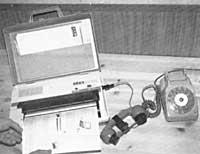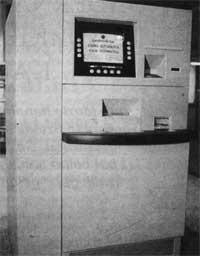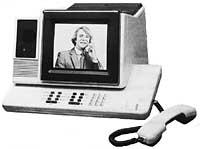Pirates on wireless phones
1993/05/01 Otaolaurretxi, Jon Iturria: Elhuyar aldizkaria
you have received bills from your phone. Until a few months ago the reason was to call 903 special telephone lines, among them erotic, but currently the risk can be another: the residential wireless phone.
You will also have such a phone in your home. It is very comfortable to have the base of the telephone connected by cable to the telephone network in a fixed room and open the antenna to the handheld device from anywhere (kitchen, room, garden or any other stay). That's why this type of phone has been so successful.
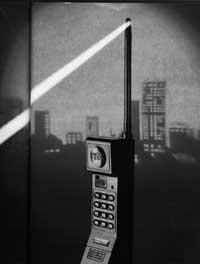
The advantage is that these devices have a great risk: turning them into public phones. To use this base that you have installed in your home, you can have a portable device with antenna to take it in your adjoining house or anyone else that circulates on the street, allowing you to take a tone online from the base of your home, being able to make as many calls as you want on your own. You will have to check and pay the bills.
To solve this error, approved devices have protection against these pirates, but of course they are more expensive. Therefore, it is no wonder that people buy gadgets made in Southeast Asia. They are much cheaper, can be more aesthetic in the design and almost always work well (the quality of the sound is as good as the approved). In addition, sometimes, they allow a greater distance from the fixed base to a portable microphone with antenna than those approved.
However, in these wireless phones the sound quality and distance from the base to the portable microphone are not the most important features. “Safety of use” is what these devices have to have, since to some of the subscribers the company has sent invoices for pirates over one million pesetas (50,000 pounds).
Let us therefore see the difference between approved and unapproved devices. The key to the problem is knowing the fixed phone bases (connected to the network), the portable microphone with antenna (which is carried in hand everywhere). The wireless phone is usually “catch”, open the antenna or press a button, but the tone is not as automatic as on conventional wired phones. In the wireless there is a radio connection from the antenna of the handset to the fixed base, with a sufficient and narrow frequency band.
As many have this type of phone, it is no wonder that in the same neighborhood there are devices that use the same frequency. If the base does not identify the handheld handheld device, it is possible that in a house the phone is “caught” (open the antenna of the hand) and that the line is obtained from base 3 or 4 of the area. In order to solve this problem, every time you get started, the handheld handheld device to make or receive calls emits its its own code. This code compares the fixed base with the one in your memory, and if they are the same, only if not.
Theoretically it is not possible for a hand-held device to communicate from a different base than yours if it is approved. Although the codes are of any kind, the device must be at least 10,000. The reason is that the probability of two devices having the same code in the same place is very small. The Matra house, for example, has a numerical link between the base and the handset and can perform 64,000 combinations. In addition, the user does not know the code. The device is the only one who “knows” this code. It is usually found in the memory of the base from which it is transmitted to the handheld. In this way, a user can have in his home more than one handheld device on a single fixed base.
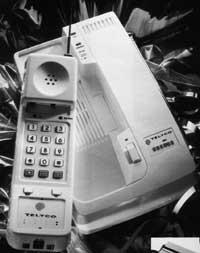
When the handset is on the base (for example to charge batteries), the base transmits its code and it collects it in its memory. In many devices the code changes periodically. The base selects a random number and transmits it to the handheld handheld device.
In non-approved devices, the identification system between the base and the handset is much simpler (cheaper devices do not have any identification system). In most cases they only have different frequency bands. In France, for example, they only have ten bands and in a big city, hacking on wireless phones is quite easy. Just take the portable device by hand and walk around places with many houses, industries or shops. The pirate periodically extends the antenna to the device of his hand, and when the tone arrives it is a sign that he has “caught” some base. From that moment you can make all the calls you want from the street or from the car to wherever you want.
It should be clarified that the telephone company always sends the invoices to the holder of the base and that it has no record of the identification system that can have the base with the handset. It is very difficult to catch him when the pirate is doing his thing. At most the line holder will see that the line is “busy” when not talking. All you can do is cut off the communication, but starting to explore the surroundings and run over the pirate will be quite difficult.
Those who have unapproved devices on their home's wireless phones, therefore, have to pay for non-online security calls.
Legislation and jurisprudence on these problems arising from the new techniques are not sufficiently developed, and if the telephone company is required to send huge invoices, an extension of the maximum payment period can be achieved. Be careful when buying your wireless phone.

Gai honi buruzko eduki gehiago
Elhuyarrek garatutako teknologia




